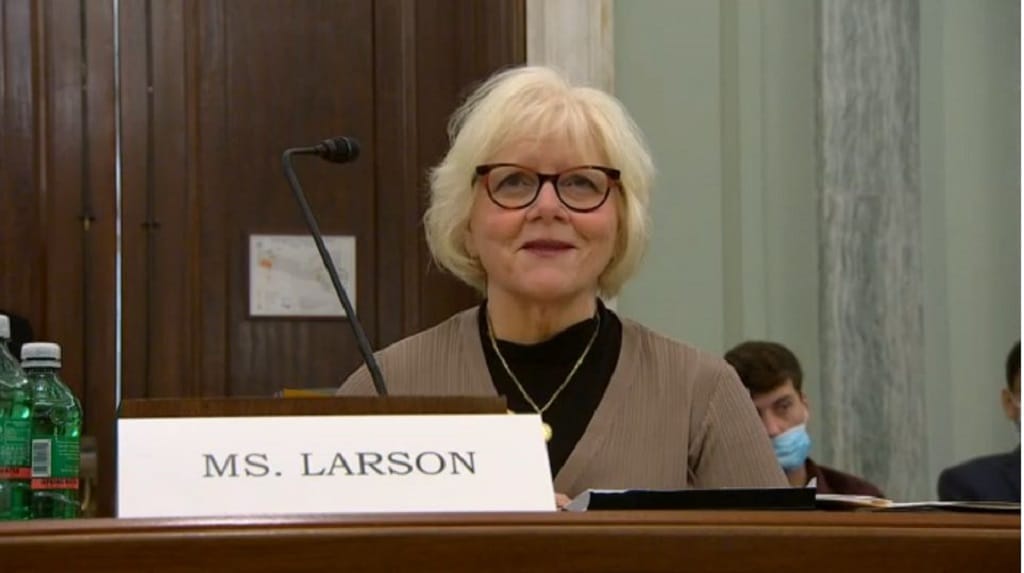Senate Subcommittee Hears Broadband Affordability, Regulatory Flex Key to Reducing Hospital Burdens
Health providers testified before a Senate subcommittee that Congress should be open to all forms of telehealth.

WASHINGTON, October 7, 2021 – A Senate subcommittee heard Thursday that affordability is the greatest barrier to broadband adoption and that lawmakers should exercise regulatory flexibility when it comes to the forms of telehealth to help reduce inessential hospital visits.
Covid-19 often brings about extreme shortness of breath, the severity of which is best assessed by a doctor, Deanna Larson, president of Avel eCARE, told the Senate Subcommittee on Communications, Media, and Broadband, which convened a hearing on the state of telehealth and removing barriers to access and improving patient outcomes.
Patients with affordable, high speed internet access can be monitored at home by doctors so that they don’t enter an emergency room or take up a hospital bed prematurely, she said.
Larson urged Congress to extend or make permanent their regulatory flexibility toward telehealth especially as it relates to being neutral on the kinds of telemedicine, such as phone-only care, asynchronous care, and remote patient monitoring. An economic benefit of which would be keeping medical commerce local, she said. Patients wouldn’t be required as often to move to a higher level of care out of town.
Physicians would have 24-hour access to the patient through video calls, monitoring patients in a way which significantly lightens the burdens of the healthcare system, added Larson. With telehealth, doctors can advise patients on exactly when and if they need to go to an emergency room.
Steps to improve telehealth
The committee also heard testimony from Sterling Ransone Jr., president of the American Academy of Family Physicians. Ransone, a strong proponent of telehealth, has found that the digital divide touches rural, tribal and urban communities alike and proposed a series of steps Congress could take to increase public health through broadband policy, including investing in universal affordable broadband service, digital literacy services, end-user devices, audio-only telehealth and data collection in the determinants and outcomes of telehealth as it relates to key factors such as race, gender, ethnicity and language.
Defining broadband as a social determinant of health, Ransone highlighted that affordability is possibly the greatest barrier to broadband adoption and that affordability and access disproportionately affect rural communities.
Sanjeev Arora, founder of Project ECHO and distinguished professor of medicine at the University of New Mexico, agreed: “expanding access to high-quality, high-speed broadband connectivity is critical. It’s a prerequisite for the success of any telehealth model in rural communities and urban underserved areas.”
Telehealth isn’t just vital and broadly popular, it is cost saving. Federal Communications Commissioner Brendan Carr, who also appeared before the subcommittee, shared an estimate that widespread telehealth availability could save the health care system $305 billion a year.
Carr, in an effort to reduce inessential hospital visits and decrease the risk of spreading Covid-19, endorsed the CONNECT for Health Act, the RUSH Act of 2021, the Telehealth Modernization Act, and the Protecting Rural Telehealth Access Act, which in combination would remove geographic restrictions to telehealth services, foster use of telehealth in skilled nursing facilities, grant the Secretary of Health and Human Services greater ability to reduce telehealth restrictions and more.









Member discussion